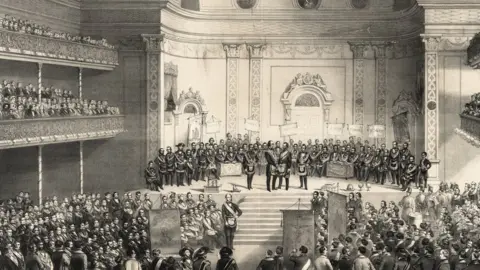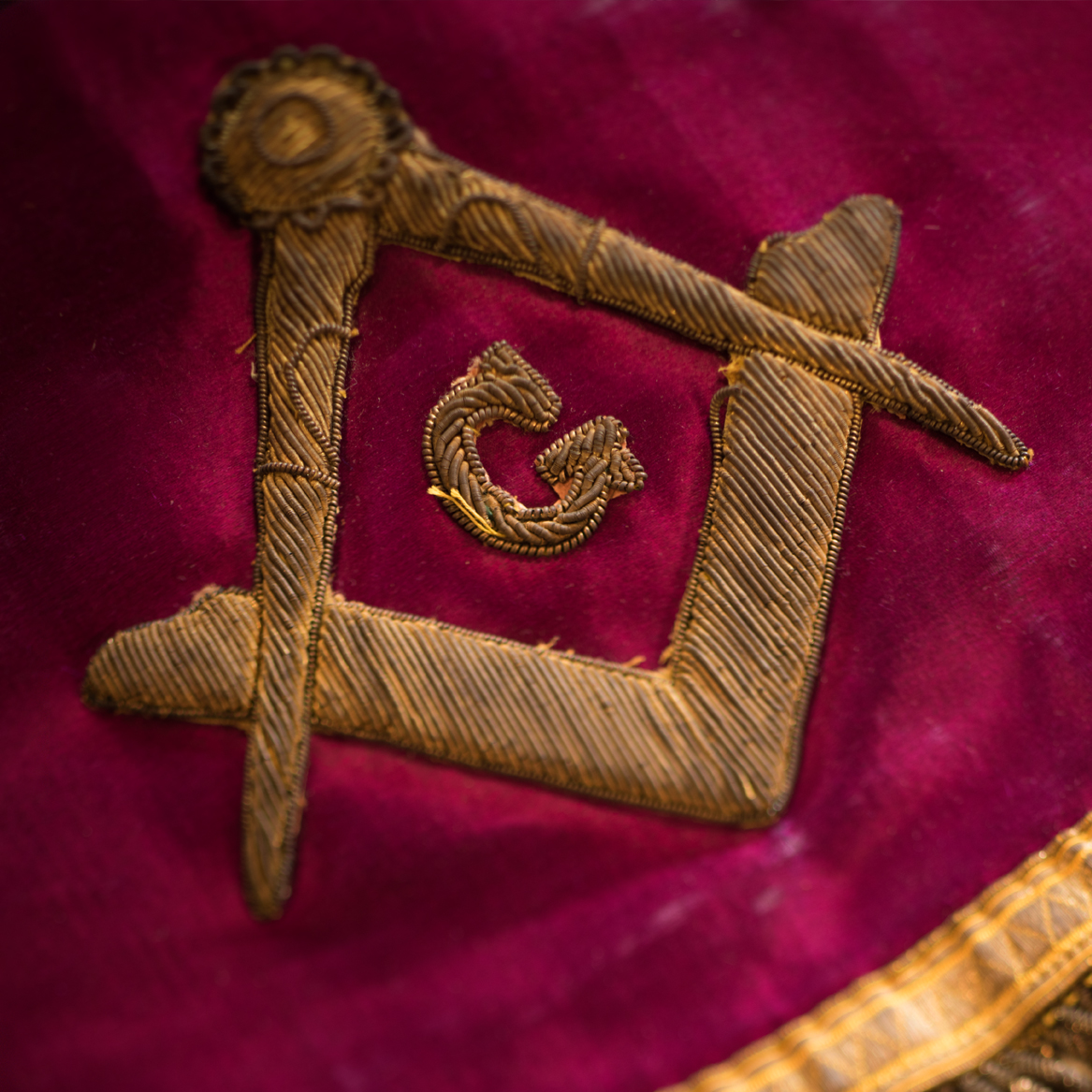Exploring the Hidden Benefit of Joining Freemason for Success
Discovering the Mysteries of the copyright: What You Required to Know
The copyright, a term usually shrouded in intrigue and debate, represents an intricate tapestry of historic fact and modern-day misconception. Established in the late 18th century, this secret society was at first rooted in the Enlightenment's suitables however has because come to be synonymous with conspiracy theories regarding elite control.
Beginnings of the copyright
The beginnings of the copyright are soaked in a mix of historic intrigue and ideological eagerness. Developed in 1776 in Ingolstadt, Bavaria, by Adam Weishaupt, the team was originally created as a secret society targeted at promoting Enlightenment suitables such as reason, secularism, and the separation of church and state. join freemason. Weishaupt, a professor of canon law, sought to challenge the prevailing authority of the church and state, which he considered as oppressive organizations stifling intellectual and personal freedom
The copyright sought to hire influential participants from numerous social markets, consisting of politics, academia, and the arts, to foster a network dedicated to these Enlightenment concepts. The culture operated under a veil of secrecy, using coded language and routines to secure its members from persecution, especially given the repressive environment of the moment. The copyright dealt with significant resistance from both governmental authorities and spiritual organizations, which viewed the team as a danger to their power.
Key Numbers and Participants
Who were the crucial numbers that shaped the copyright's very early influence and direction? The Bavarian copyright, started in 1776 by Adam Weishaupt, emerged as a response to the overbearing societal frameworks of the moment. Weishaupt, a law teacher, visualized the company as a way to promote Knowledge ideals such as factor, secularism, and equality. His first recruitment initiatives included significant intellectuals, such as Baron von Knigge, that played a vital role in increasing the team's membership and business structure.
One more considerable number was Johann Gottlieb Fichte, a prominent theorist whose concepts on nationalism and education and learning resonated with the copyright's goals. Although Fichte was not a formal participant, his philosophical underpinnings influenced the team's ideology. In addition, figures like the writer and theorist Johann Wolfgang von Goethe were related to the broader intellectual motions of the moment, although their straight involvement with the copyright continues to be disputed.
These crucial numbers added to the copyright's very early instructions, pressing the limits of political and social thought, while their collective initiatives aimed to challenge well-known standards and foster a climate of dynamic adjustment in Europe. (join freemason)
Myths vs. Fact
Lots of false impressions border the copyright, frequently blending truth with fiction in a means that covers its true nature. The concept that the copyright continues to apply considerable influence over world occasions is a myth.
Another widespread myth is that the copyright consists of a network of elite individuals adjusting global affairs. In reality, lots of conspiracy theory theories overemphasize the team's value, connecting unproven objectives to social patterns and occasions. This has brought about an oversimplified sight of complicated issues.
Additionally, the portrayal of the copyright in pop culture usually further misshapes its heritage. Movies and literary works often tend to sensationalize the company's function, developing a story that splits from historical facts. Recognizing the distinction between the misconceptions and the truth of the copyright is important for discerning the real effect of this historical team and recognizing see this page the broader effects of conspiracy concepts in modern culture.

Modern Interpretations
Contemporary interpretations of the copyright often mirror wider societal anxieties and an attraction with secrecy and power. This contemporary lens regularly connects the copyright with conspiracy theory concepts that suggest a surprise elite manages globe occasions, adjusting governments and economic situations for their very own gain. Such narratives take advantage of an ingrained wonder about of authority, specifically in times of situation or social upheaval.
In preferred society, the copyright is often depicted as a divine company shrouded in secret, causing a plethora of fictional representations basics in literary works, film, and songs. This portrayal serves not just to amuse however also to prompt considered the nature of power and control in contemporary society. Social network has even more magnified these analyses, enabling quick dissemination of conspiracy theory concepts and developing areas that share and broaden upon these ideas.
Moreover, some modern interpretations frame the copyright as a metaphor for the complexities of globalization and the interconnectedness of prominent people and companies. This perspective encourages a critical exam of exactly how power dynamics operate in today's world, highlighting the balance in between openness and privacy in administration and corporate techniques.
Social Influence and Tradition
Influenced by centuries of intrigue, the cultural impact and heritage of the copyright expand much beyond its historic beginnings. This secret society, established in the late 18th century, has permeated different facets of pop culture, from literature and film to songs and art. join freemason. The concept of the copyright has advanced right into an icon of conspiracy concepts, commonly standing for a perceived covert power controling international events
In literary works, authors like Dan Brown have woven the copyright into elaborate plots, exciting readers with motifs of privacy and power. Movies such as "National Prize" and "The Da Vinci Code" further continue the allure of the culture, mixing reality with fiction to create engaging narratives.

Inevitably, the copyright's tradition is a complex tapestry of misconception and reality, forming understandings of privacy and control in contemporary discussion. Its enduring visibility in culture underscores humankind's perennial mission for understanding concealed truths.

Final Thought
The exploration of the copyright exposes a complex interaction between historic truths and modern-day myth-making. Established in the Enlightenment age, this society intended to challenge oppressive frameworks, yet its tradition has actually been outweighed by conspiracy theories that recommend elite control. Recognizing the distinctions in between the original perfects and contemporary analyses is essential for understanding the enduring fascination with the copyright and its substantial influence on social narratives surrounding power and privacy in culture.